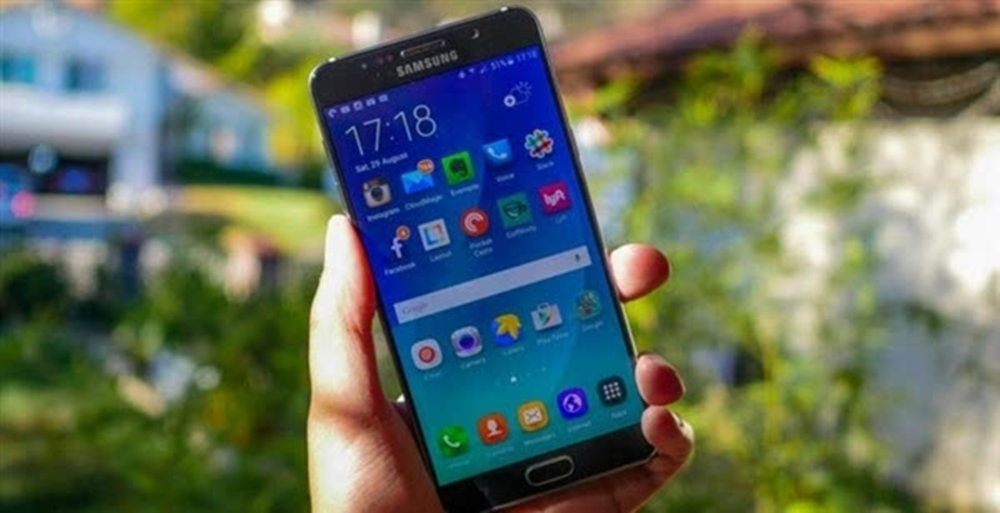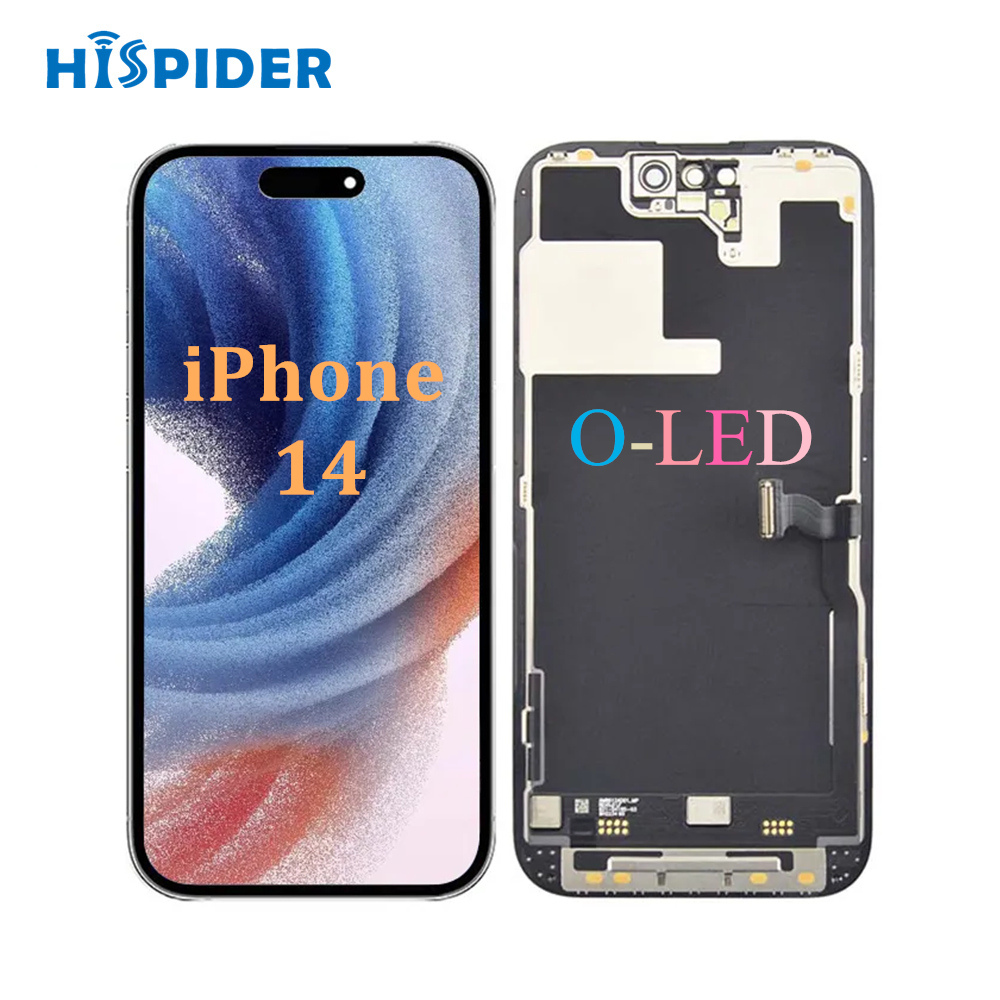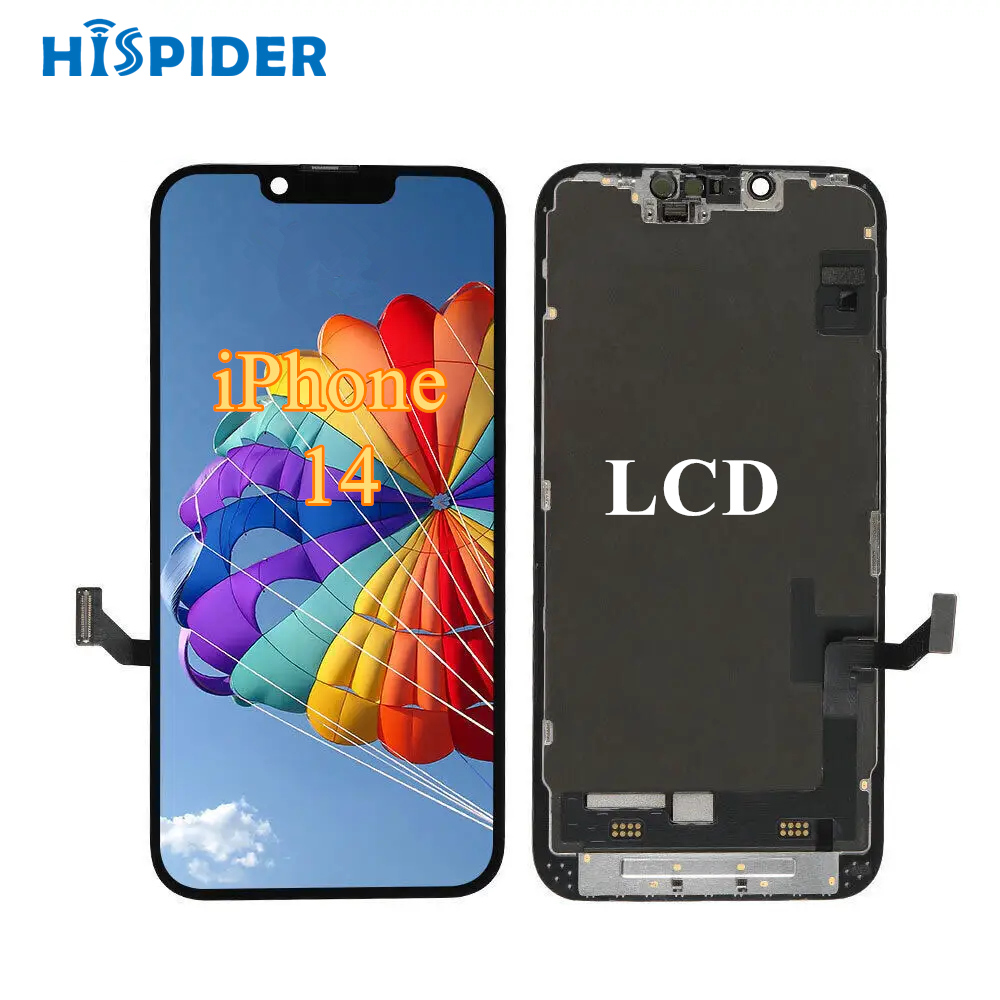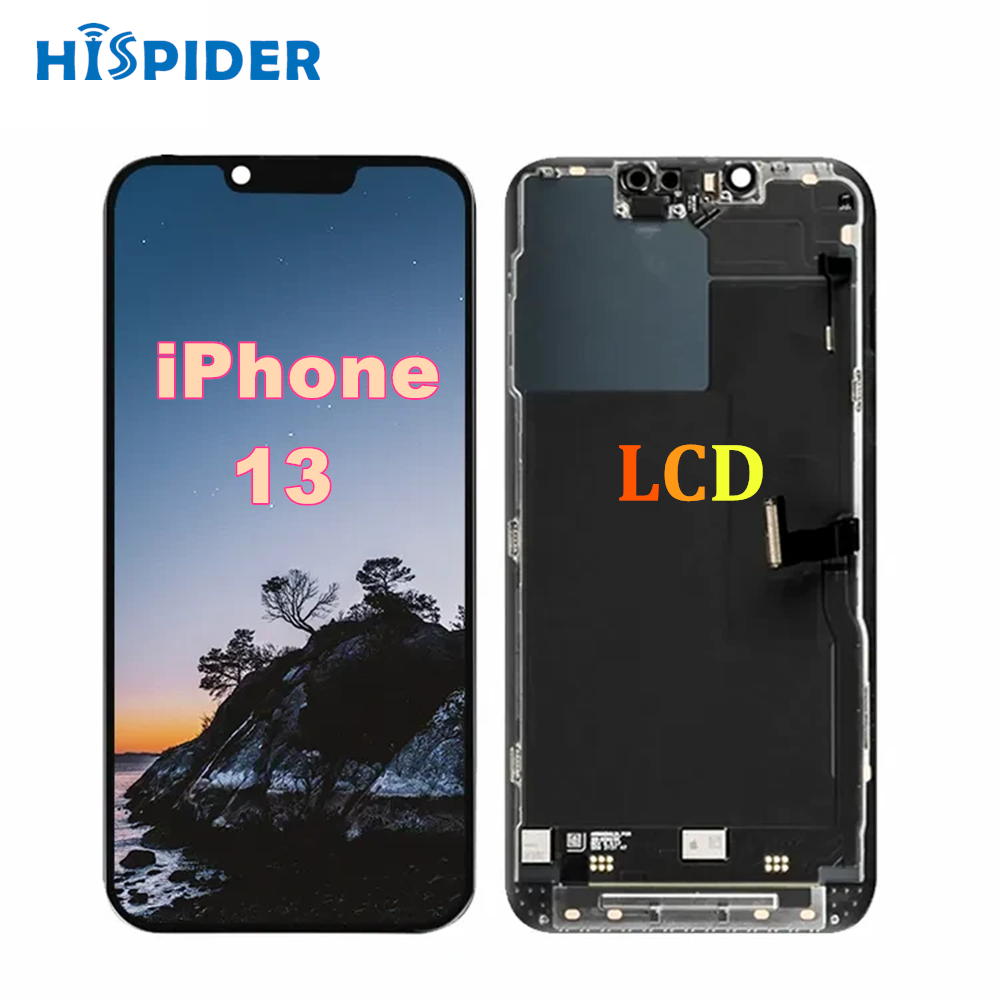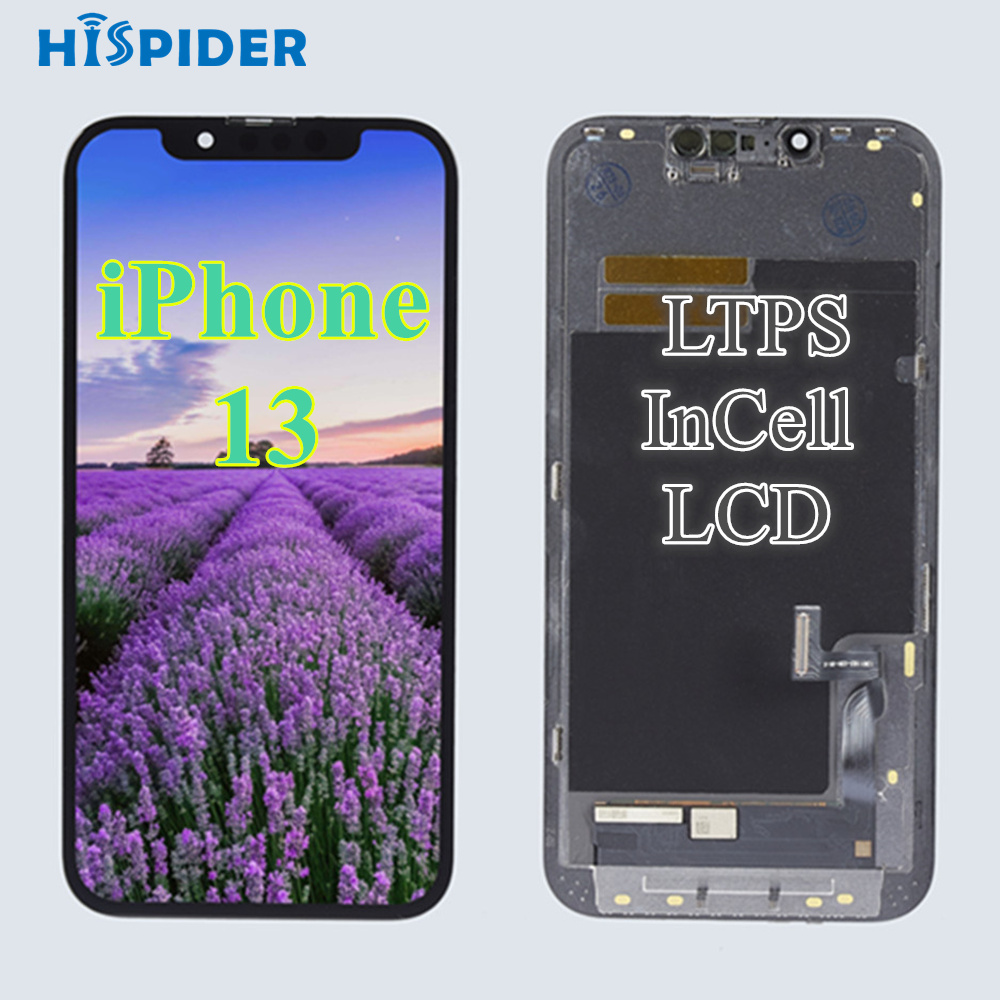What are the features of the replacement screen of the original Samsung phone produced by Hispider
Some people say that Samsung cell phones with Samsung M series screen is the best, domestic Samsung screen are several grades lower E series screen; some people say that Apple cell phones with M12 Samsung screen is now the best, even Samsung cell phones themselves can not use such a good screen; others say that domestic manufacturers with Samsung screen although it is E series, but also the best Samsung screen can be bought . In short, we have different views on Samsung cell phone screen.
So today Hispider will talk to you, we produce Samsung OLED cell phone screen, in the end, what version and difference?
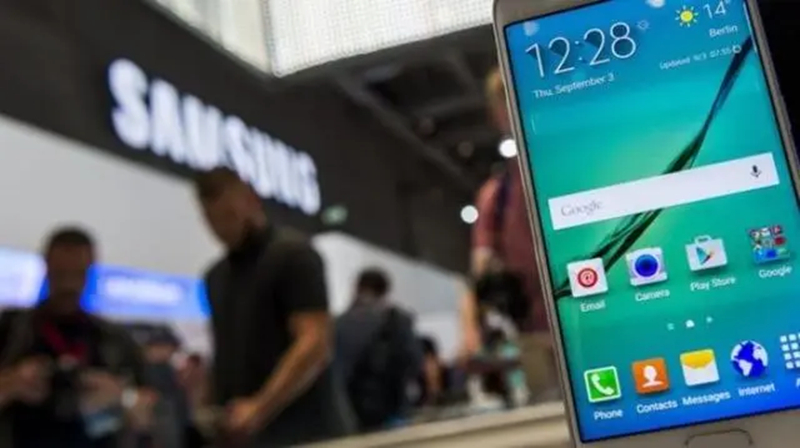
Top screen: Samsung M series substrate screen
Samsung as the largest OLED screen manufacturer, both OLED screen research and development and industry chain are relatively mature and perfect, the hands naturally have the highest quality screen.
Samsung's current highest quality screen is the M series substrate OLED screen.
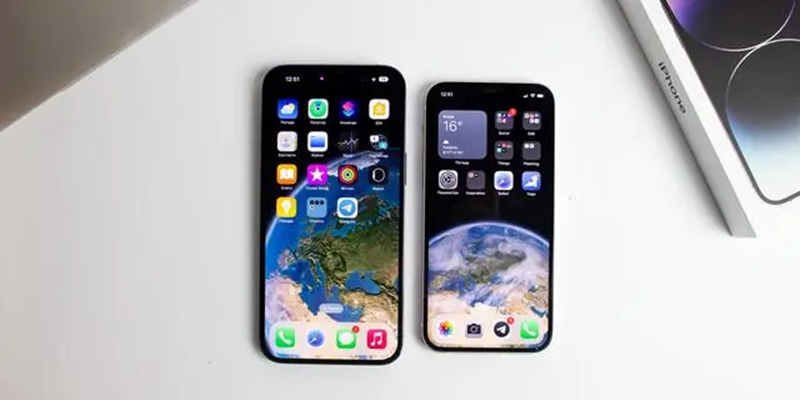
Generally speaking, due to the advantages of Samsung M series screen substrate, its peak brightness, global brightness, color gamut, etc. have the greatest advantage.
Like the classic M8 substrate screen, the peak brightness is as high as 1130 nit, next door Apple's LT2 substrate screen peak brightness is also 725 nit; color gamut it is direct natural support DCI-P3, Adobe RGB and sRGB three standards, next door Apple's LT2 substrate screen also covers DCI-P3 and sRGB two kinds of color gamut.
The top screen like this, Samsung often only reserved for its own flagship phones and other products, will not be sold to the public, in order to highlight the advantages of their own products.
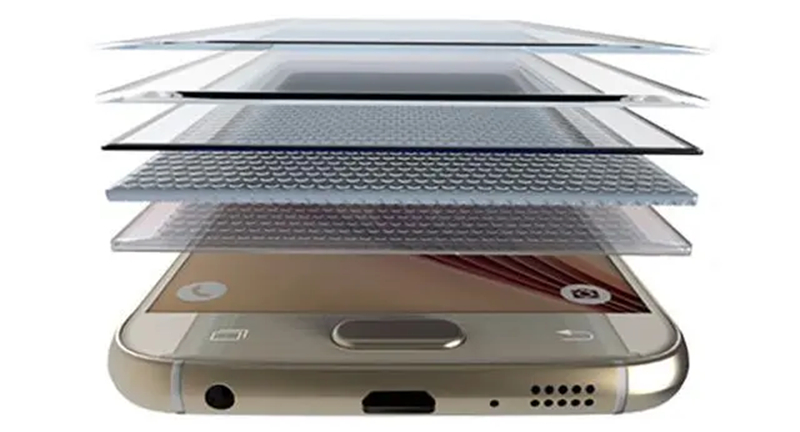
However, this is not absolute, after all, Samsung cell phones and Samsung screen is two different departments, the two sides will always have their own performance requirements, such as the wealthy Apple although driving LT2 substrate screen less than Samsung, but in the role of "money capacity" to get the last generation of Samsung M series substrate screen.
Interestingly, Apple has also failed to complete the purchase order for Samsung screens due to insufficient shipments, and was also asked by Samsung to compensate for several hundred million dollars. Perhaps Apple is not satisfied with their own only with the previous generation of "outdated screen", the screen always said less than Samsung cell phones, so in the latest iPhone 14 Pro Max is the first Samsung cell phones with the latest M12 series substrate screen.
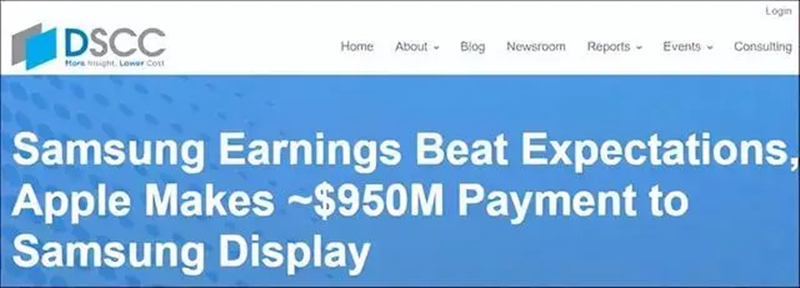
In addition to Apple, there is another Sony also got Samsung M series substrate screen.
Although Sony is not so rich as Apple, directly smashing money, but how many cell phones around the world is not using Sony's cell phone camera? So Sony with its own latest IMX555 camera technology, and Samsung in exchange for the use of the M series substrate screen.
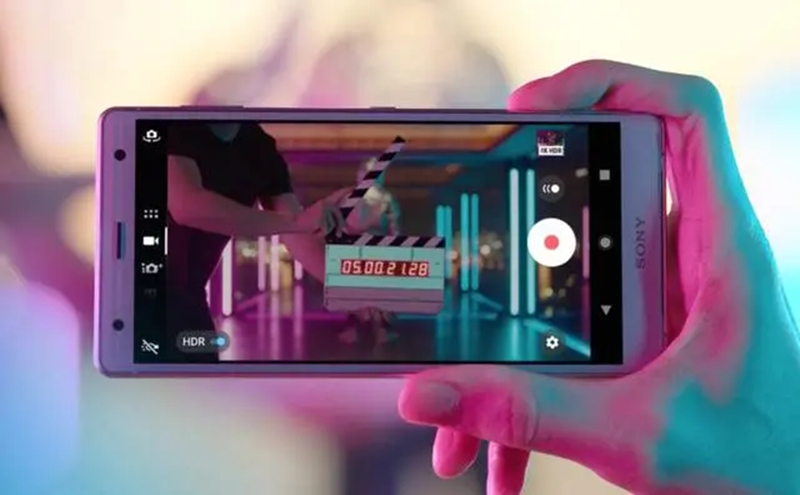
General screen: Samsung E series substrate screen
Since the top technology of Samsung M series substrate screen is not sold to the public, the vast majority of cell phone manufacturers to buy Samsung screen and what is it?
That is to reduce part of the technology and quality - Samsung E series substrate screen.
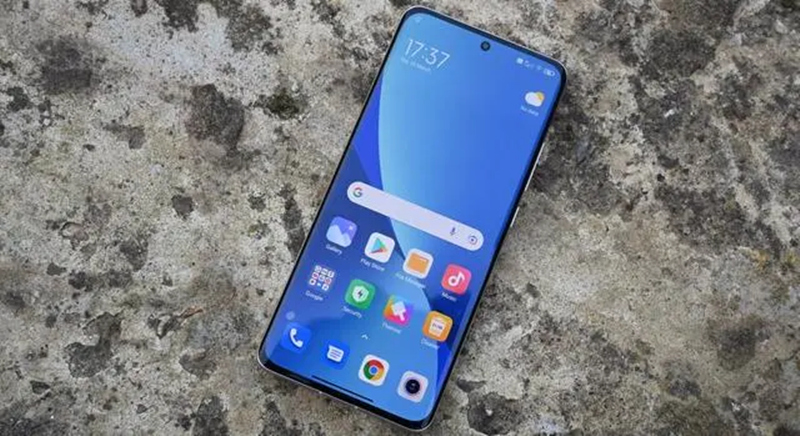
According to Samsung's official statement, whether M series substrate or E series substrate screen, just the difference in the substrate material, is a good material, and the Internet is also widely rumored that Samsung E series substrate screen, in fact, is the M series substrate screen "export version".
But know all understand, take the top and advanced screen cross-grade comparison, there will always be many details of the difference. Like brightness, the initial E2 substrate screen, brightness only 430 nit, while the contemporaneous M8 substrate screen can do 630 nit; later E3 substrate screen to 600 nit, the contemporaneous M9 substrate screen not only did 800 nit, but also the first time through the HDR10 + certification ......
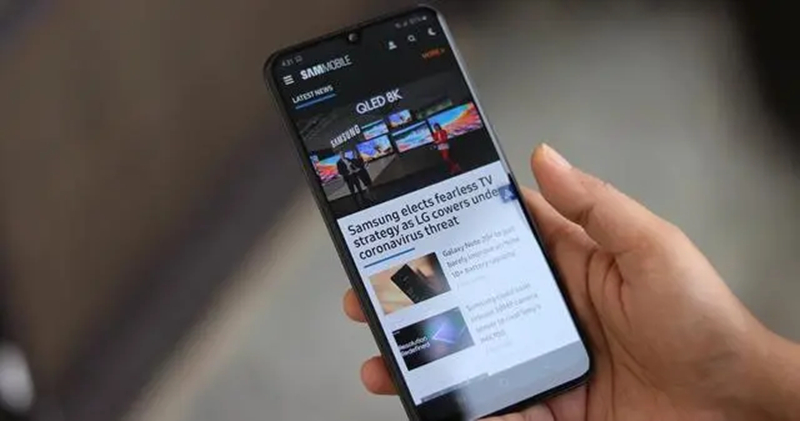
There is also the color accuracy of the screen, since the Samsung E3 base screen support DCI-P3 and sRGB color gamut support, there has not been much change, and the improvement is relatively small.
So the Samsung E series screen in terms of color accuracy, often each cell phone manufacturers are their own tuning, so much so that every time the domestic cell phone manufacturers mention their own Samsung screen, always emphasize their own tuning of the color accuracy of how much cattle.
In short, the E series substrate screen is always about 1 to 2 generations behind the M series substrate screen, which is why many people always say that the Samsung cell phone screen than the domestic cell phone screen "transparent" a reason.
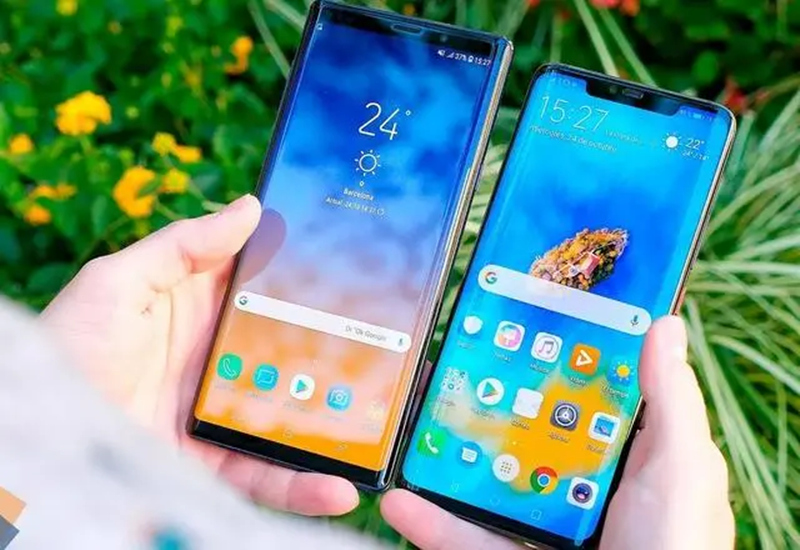
Perhaps the domestic cell phone volume, making the requirements of Samsung cell phone screen is higher, at least Samsung E series substrate screen and M series substrate in the screen brightness gap is getting smaller and smaller.
In the latest Samsung E6 substrate screen, on the second generation of Samsung's new technology of micro-prism technology, viewing angle and color have been improved, and even in low power consumption to achieve higher brightness. Like the E6 substrate screen brightness has achieved a high brightness of 1200 nit, which is the level of the Samsung M11 substrate screen.
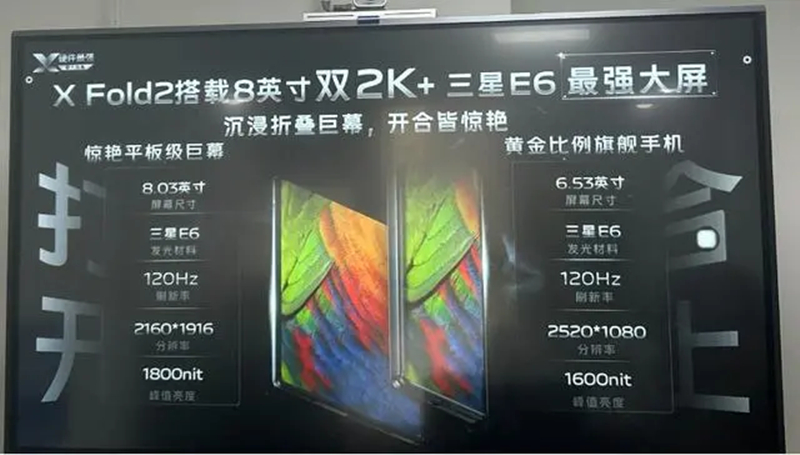
Customized screen: LTPO technology-enhanced screen
Has always been the phone screen is the phone's "power consumption head", but since the phone screen began to high brush and high resolution of the inward volume, power consumption is an uncontrollable, the battery life of urine collapse has become everyone's daily.
So Samsung developed a LTPO technology, as for the principle der not explain too much, simply put is to reduce the power consumption of the screen, and this LTPO technology has also been used in Apple Apple Watch Series 5, the watch low power consumption can be reduced to a minimum of 1Hz refresh rate, so the bright screen a full day of more durable life.
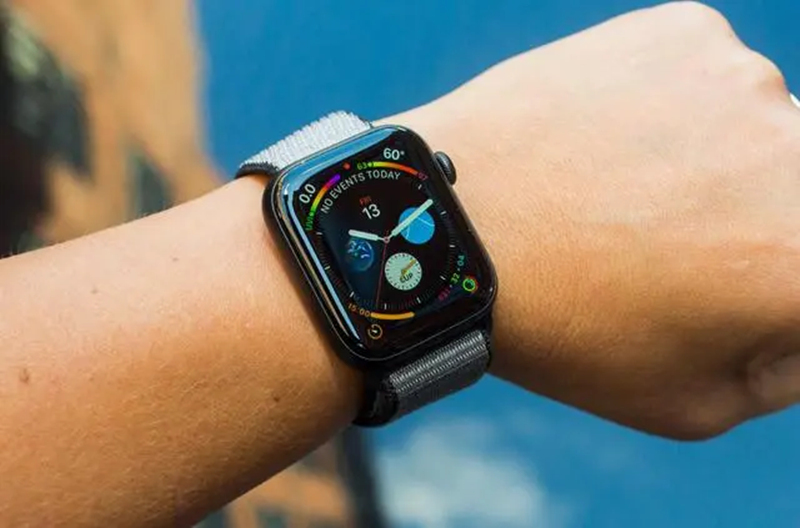
As this LTPO more test technology, so Samsung originally wanted to put this technology tucked away, even if Apple came not sold, directly debuted in their flagship Galaxy Note 20 Ultra on the new machine, bringing energy savings is very considerable, it can be said to show a wave of muscle.
But still can not withstand Apple's "money ability", in the iPhone 13 Pro series is also used on the M series substrate screen, and support LTPO technology, once brought the fire LTPO technology dynamic high brush.
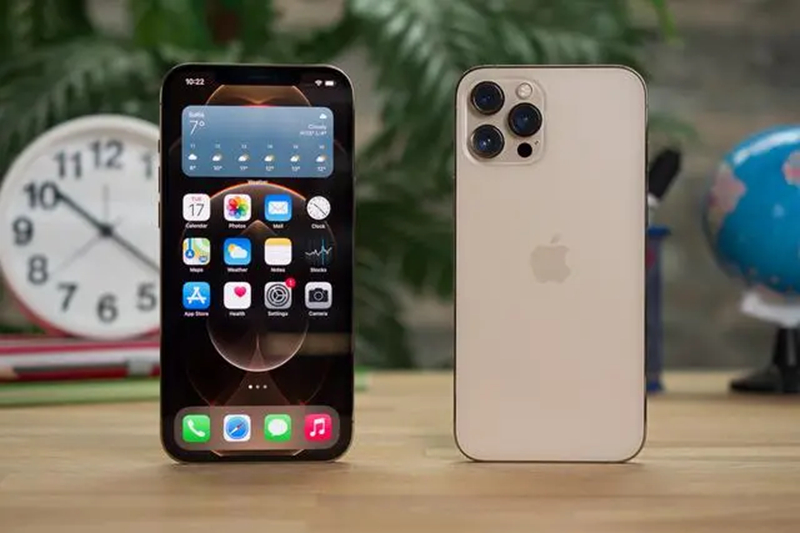
Own M series substrate with LTPO technology, even if it is to the wealthy Apple, even if it is, I did not expect the domestic OLED manufacturers suddenly force, forcing Samsung to carry LTPO technology on the E series substrate screen, sold to domestic cell phone manufacturers in the volume.
So we can see that many high-end domestic cell phones are equipped with 2K resolution, 120Hz high brush and LTPO dynamic high brush technology as standard, relatively significant improvement. The only drawback is that Samsung is conservative about high-frequency dimming in order to ensure the color display and other advantages of their screens.
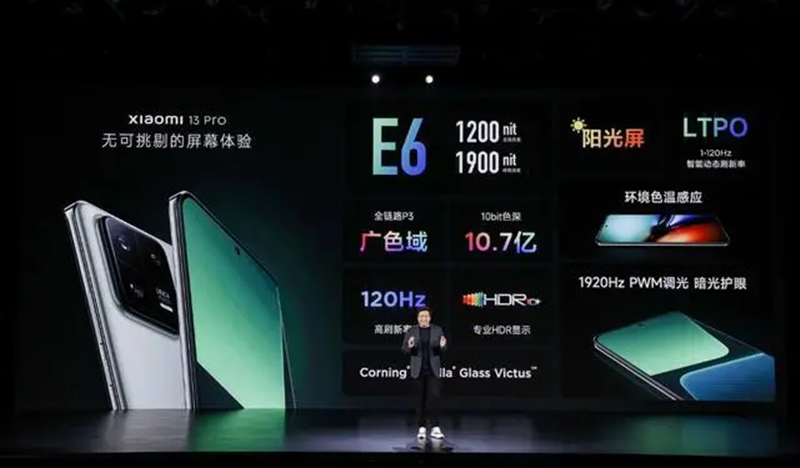
der think, Samsung cell phone screen is certainly good, but it is in a dominant situation, always like to sell the screen on the external "toothpaste", so in the screen pressure on other cell phone manufacturers, highlighting their own products screen "permeability" better advantage, this selfishness really makes people Advantage, this selfishness really let people bad to say what.
But the good thing is that BOE, Huaxing photoelectric, Hispider and other domestic OLED screen manufacturers to force, so that Samsung cell phone screen has a sense of pressure, after all, the cell phone screen is not only good or bad and light-emitting substrate, but also with the screen resolution, ppi, color accuracy and software tuning, etc., even with the human eye perception experience is closely related.

